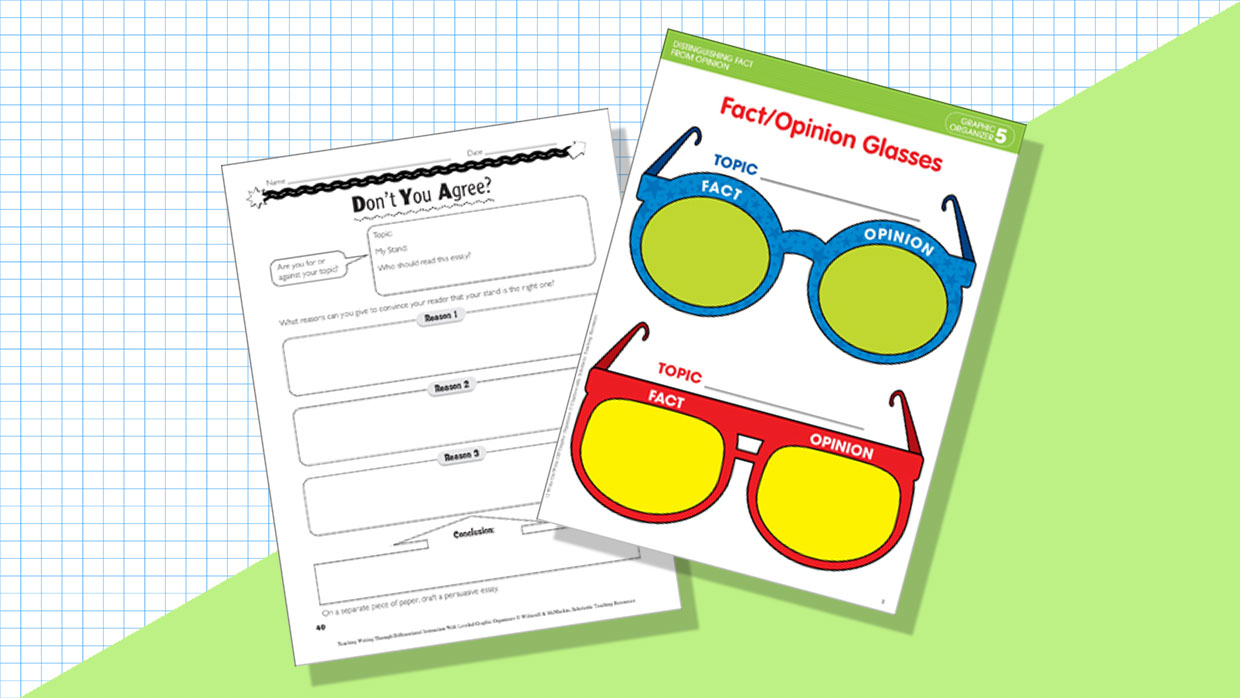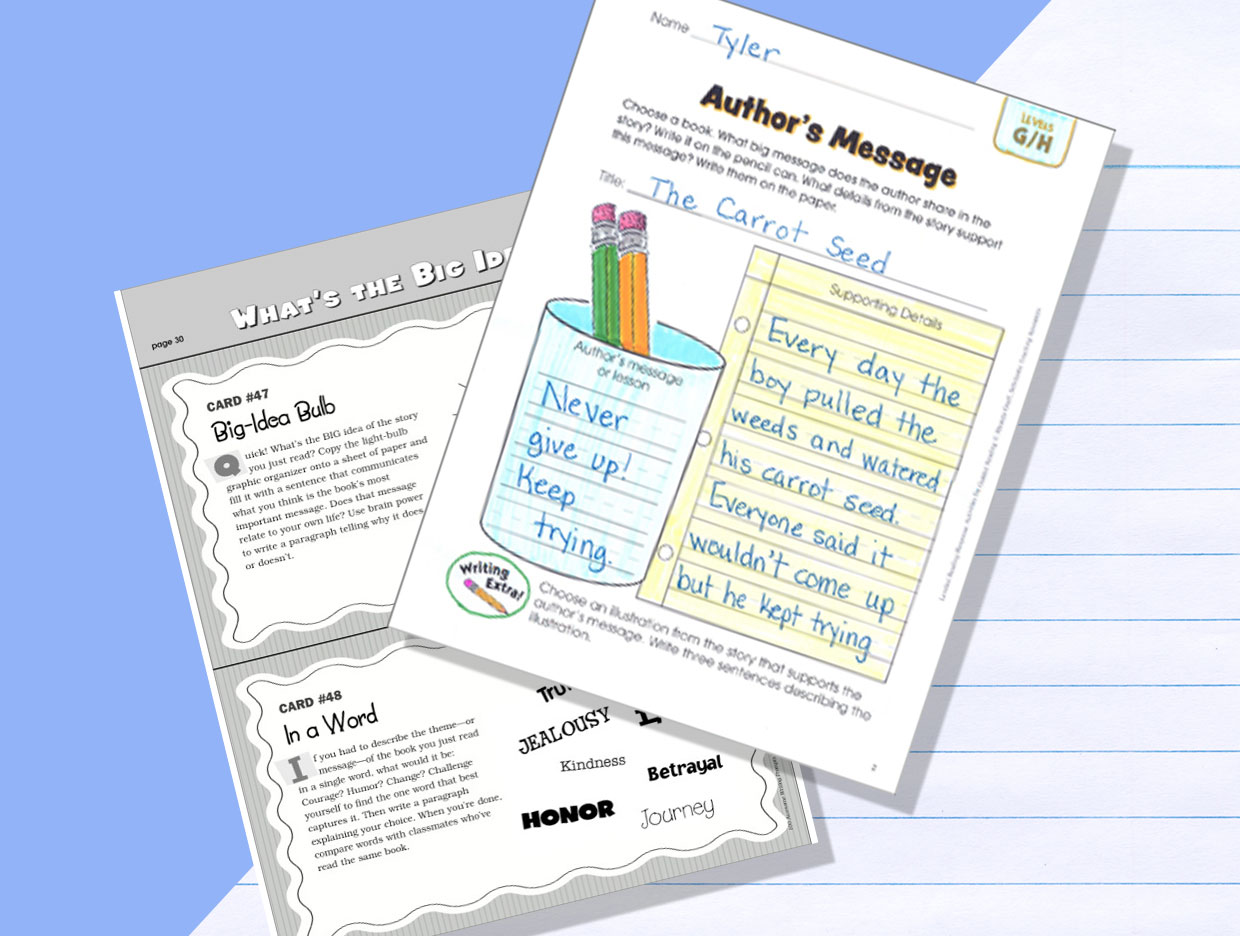Graphic Organizers to Help Students Express Their Opinions in Writing
Help your students form their own opinions and express their thoughts.
Graphic Organizers to Help Students Express Their Opinions in Writing
There's probably no shortage of opinions in your classroom. All day, every day, your students are sharing their thoughts on a variety of subjects, from why green is their favorite color to why they despise broccoli (even though it's green). But while those opinions provide a great opportunity for you to get to know your students, they're not always well structured, persuasive, or backed up with facts.
Teaching students to develop ideas and thoughts on important subjects, organize them, and then transform them into a strong, persuasive opinion takes time. Opinion writing is often complex and requires higher-order skills, such as evaluation and verification. Students must also understand the difference between fact and opinion—that facts can inform opinion, but not vice-versa—and that word choice is an important aspect of writing. All of this means that students can feel a bit overwhelmed when tasked with expressing their opinion, even though it's something they do every day.
Graphic organizers are great tools to help students develop well-supported opinions and improve their powers of persuasion. An organizer can help students expand and shape their thoughts in ways that simplify the writing process—once students fill out the graphic organizer, it becomes a resource they can reference while composing their opinion piece.
Wondering which graphic organizers will be most helpful to your young opinion writers? Check out these 6 resources, perfect for any student looking to make a strong case:
1. Opinion-Proof (Grades 4–8)
This framework sheet helps students develop and use higher-order skills, such as evaluation, verification, and persuasion, to compose convincing arguments.
2. Writing Graphic Organizer: Perfectly Persuasive (Grades 4–6)
Use this graphic organizer to help students build persuasive writing skills as they write essays or letters to the editor.
3. Fact/Opinion Glasses: Lesson Plan & Graphic Organizer (Grades 1–3)
These glasses help students develop the most important skill when it comes to effective opinion writing: being able to see the difference between fact and opinion.
4. Agree or Disagree? Graphic Organizer (Grades 2–4)
Students learn how to express and support their agreement, or disagreement, with a character’s statement, opinion, or action.
5. Persuasive Essay (Nonfiction Writing): Leveled Graphic Organizers (Grades 4–8)
It’s one thing to have an opinion, but can your students convince their classmates their thoughts are correct? This graphic organizer set can help!
To see more graphic organizers and gain access to thousands of printable and downloadable teacher resources that will help your kids develop the power of persuasion and other skills, log in or subscribe to Scholastic Teachables today!



